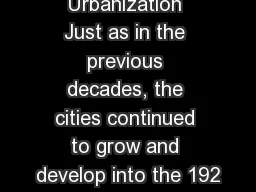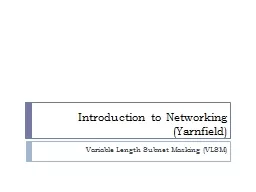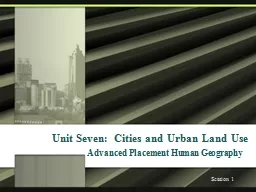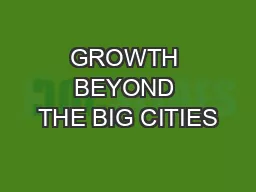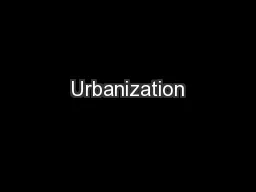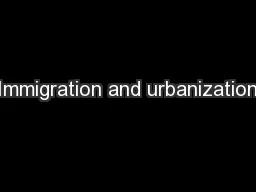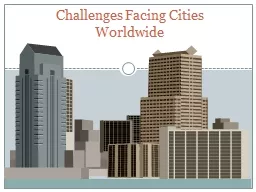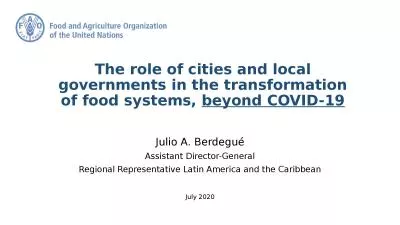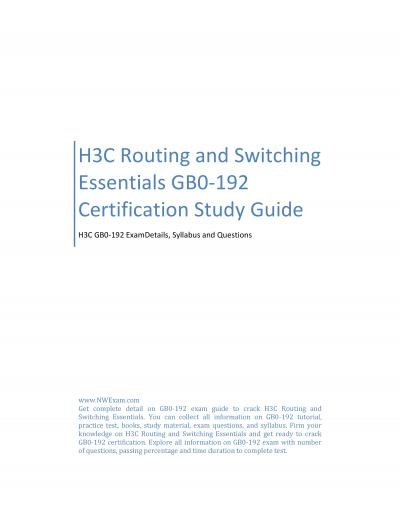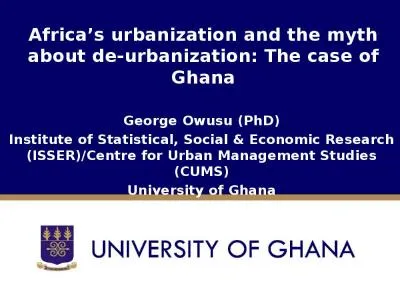PPT-Urbanization Just as in the previous decades, the cities continued to grow and develop
Author : celsa-spraggs | Published Date : 2018-10-27
Urbanization The 1920s was the first time in American history where more people lived in the cities than in the rural areas This continued growth of population in
Presentation Embed Code
Download Presentation
Download Presentation The PPT/PDF document "Urbanization Just as in the previous dec..." is the property of its rightful owner. Permission is granted to download and print the materials on this website for personal, non-commercial use only, and to display it on your personal computer provided you do not modify the materials and that you retain all copyright notices contained in the materials. By downloading content from our website, you accept the terms of this agreement.
Urbanization Just as in the previous decades, the cities continued to grow and develop: Transcript
Download Rules Of Document
"Urbanization Just as in the previous decades, the cities continued to grow and develop"The content belongs to its owner. You may download and print it for personal use, without modification, and keep all copyright notices. By downloading, you agree to these terms.
Related Documents

